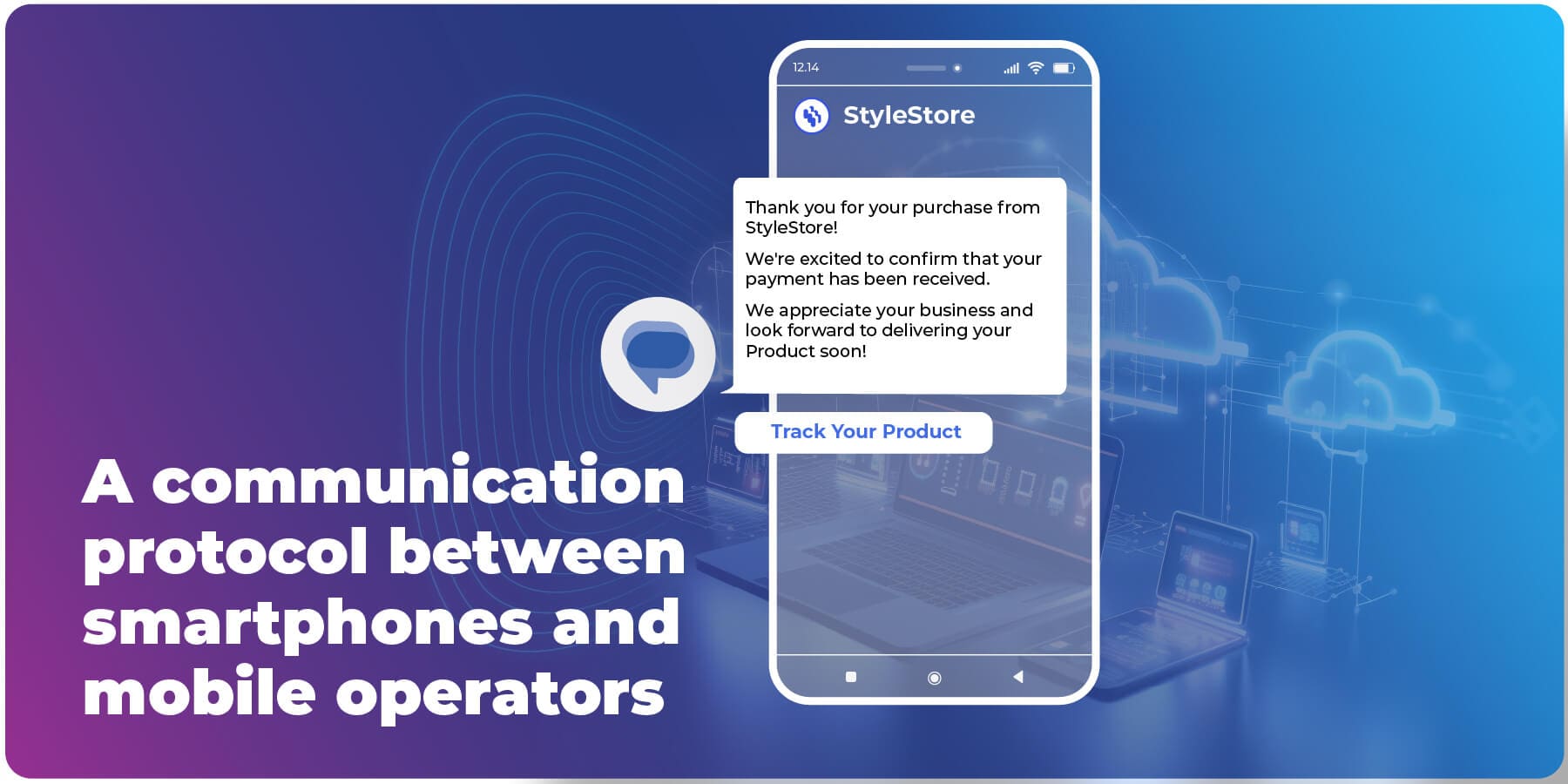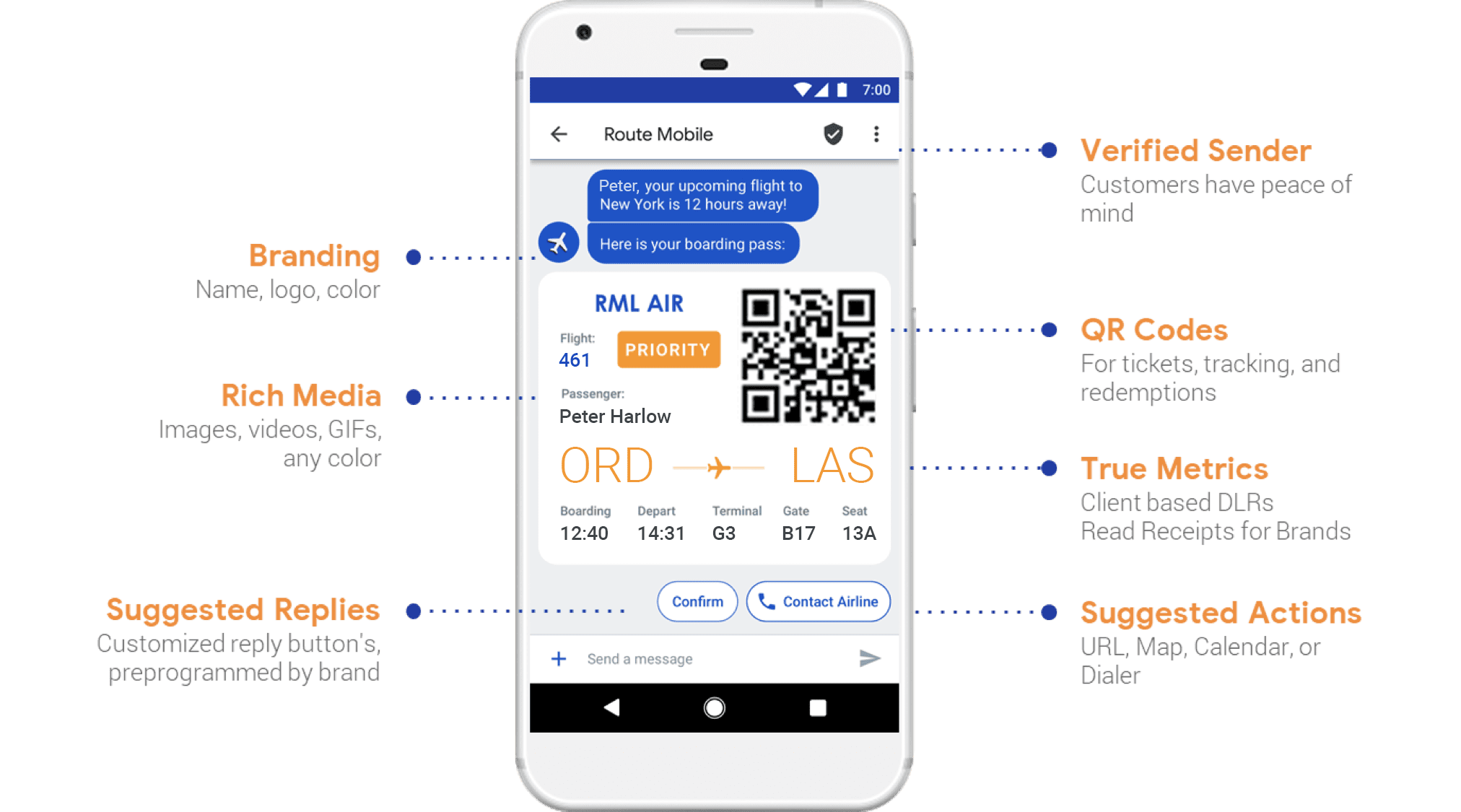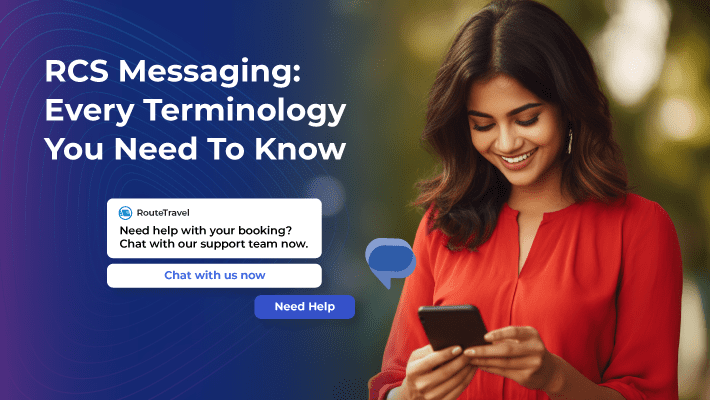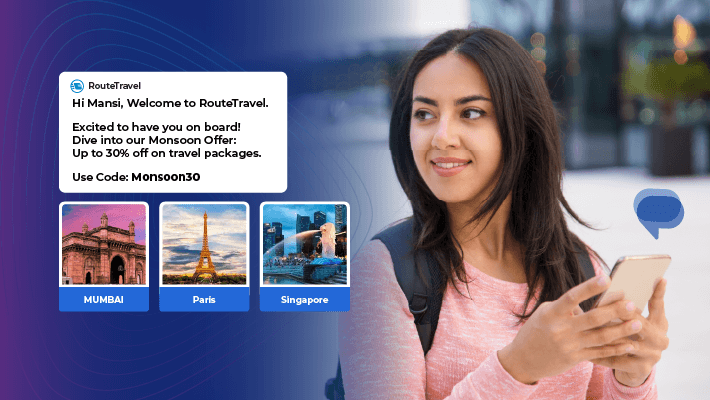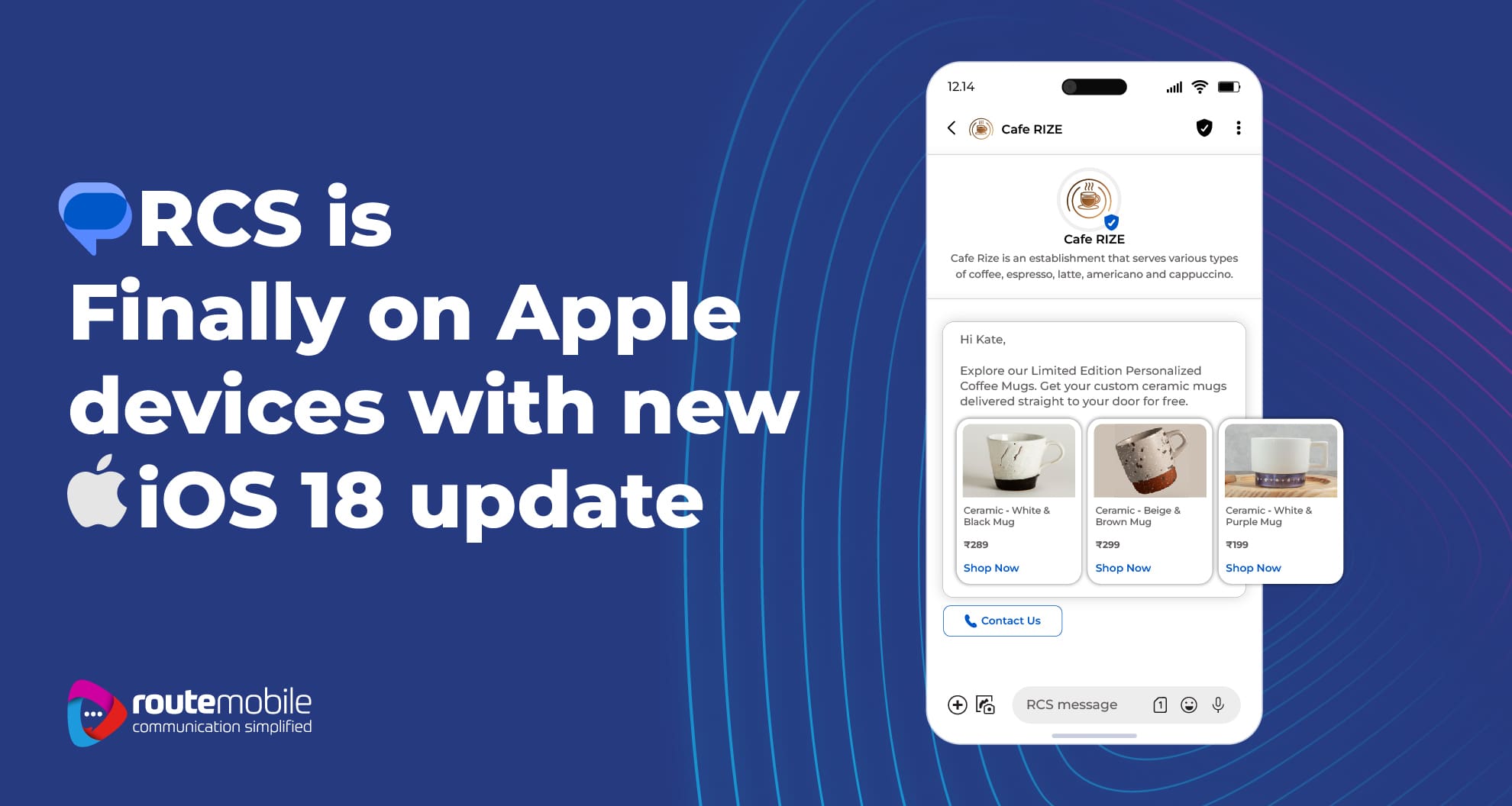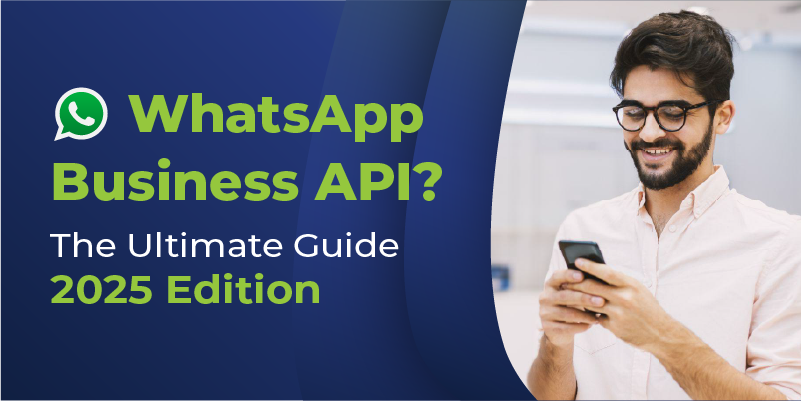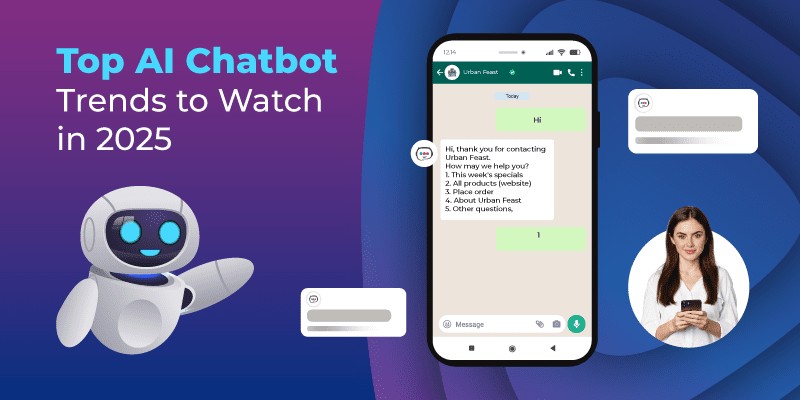Table of contents:
“Merry Christmas” was the first-ever text message sent on December 3, 1992. For over three decades now, SMS has been one of the most essential channels in the world of communication. Once a far-fetched vision, mobile phones have evolved rapidly. Today, people carry their whole world in their smart devices, but SMS has grown as much as possible.
While the communications landscape has shown remarkable transformation, enterprises still prefer to engage with their customers over SMS, as it is today’s most reliable A2P (Applications-to-Person) communications platform. The role of SMS in enterprise communications has seen considerable growth. Enterprises rely on safe and secured text messages, particularly for transactional messaging – debit/credit messages, OTP, and two-factor authentication.
Meanwhile, on the other side, consumers today are increasingly dependent on OTT messaging platforms like chat applications and messengers. Supported by images, videos, group chats, emojis, and more, these platforms deliver an enhanced experience for customer communication.
For enterprises and brands, SMS needs to step up and create rich two-way communication to engage better with customers. Or it might lose its value in the long run as customers expect an upgraded experience.
RCS Business Messaging (RBM): Switch to Next-Gen Messaging
Looking at the changing consumer interests, Enterprise Messaging got its new avatar when Google rolled out Rich Communication Services (RCS) as a fundamental function of Android phones. A communication protocol between smartphones and mobile operators, RCS aims to replace the traditional SMS and MMS messaging formats.
Customers are reluctant to call up call centers when they need answers to simple queries. Imagine if you have an RCS bot interacting with them in such a scenario. According to Google, 72% of customers are more likely to make online purchases if they can interact with brands in real-time. Also, the report states that customers are 35x more likely to read RCS messages than emails.
RCS brings a whole new flavor to texting. It came into existence in 2007 and was adopted by the industry trade body for mobile operators worldwide, the GSM Association (GSMA), in 2008. The association agreed on having a Universal Profile – a set of protocols to be followed by all mobile operators, phone manufacturers, and software providers while implementing RCS on devices.
Similar to significant chat messengers, RCS business messaging supports multi-media. The data network handles everything on this rich communication channel. The future seems brighter as it is intended to be the default messaging functionality on most smartphones.
Blending conventional with contemporary gives users rich features, such as watching videos, sharing locations, making transactions and payments, redeeming offers, and more. Users can explore these functions in an entirely verified environment, reinstating the customer’s trust in brands.
Key Features of RCS Business Messaging
Seamless conversations with customers add up to your brand value. In today’s hyper-competitive environment, you must keep your customers hooked throughout their journey. Businesses need a more innovative way to connect, and RBM is the right approach. So, what sets this channel apart from the rest?
Rich Media Capabilities:
Texts made more interactive! RBM supports videos, emojis, gifs, and chatbot integration, expressing a simple message. Furthermore, chatbot integration makes a simple message expressive, flavoring natural conversation.
Suggested Replies and Actions:
Responses made easier. Customers can be more responsive using the quick reply templates. Not just that, a set of suggested actions will guide them through the following steps.
True Metrics:
RBM provides insights with client-specific DLRs, read receipts, and message open times to evaluate trends and map future strategies.
Verified Sender Identity:
Every text has business branding with a name and logo, validating the message’s credibility and assuring customers of a trusted conversation.
Benefits of RCS Business Messaging:
Personalized messages from businesses resonate better with customers. RBM redefines texting and communication through various features, leading to engaging and more accessible interactions. It is a substitute for the archaic SMS, making every text enjoyable. RBM offers its customers a comprehensive chat experience. Following are some of the benefits of using RCS business messaging:
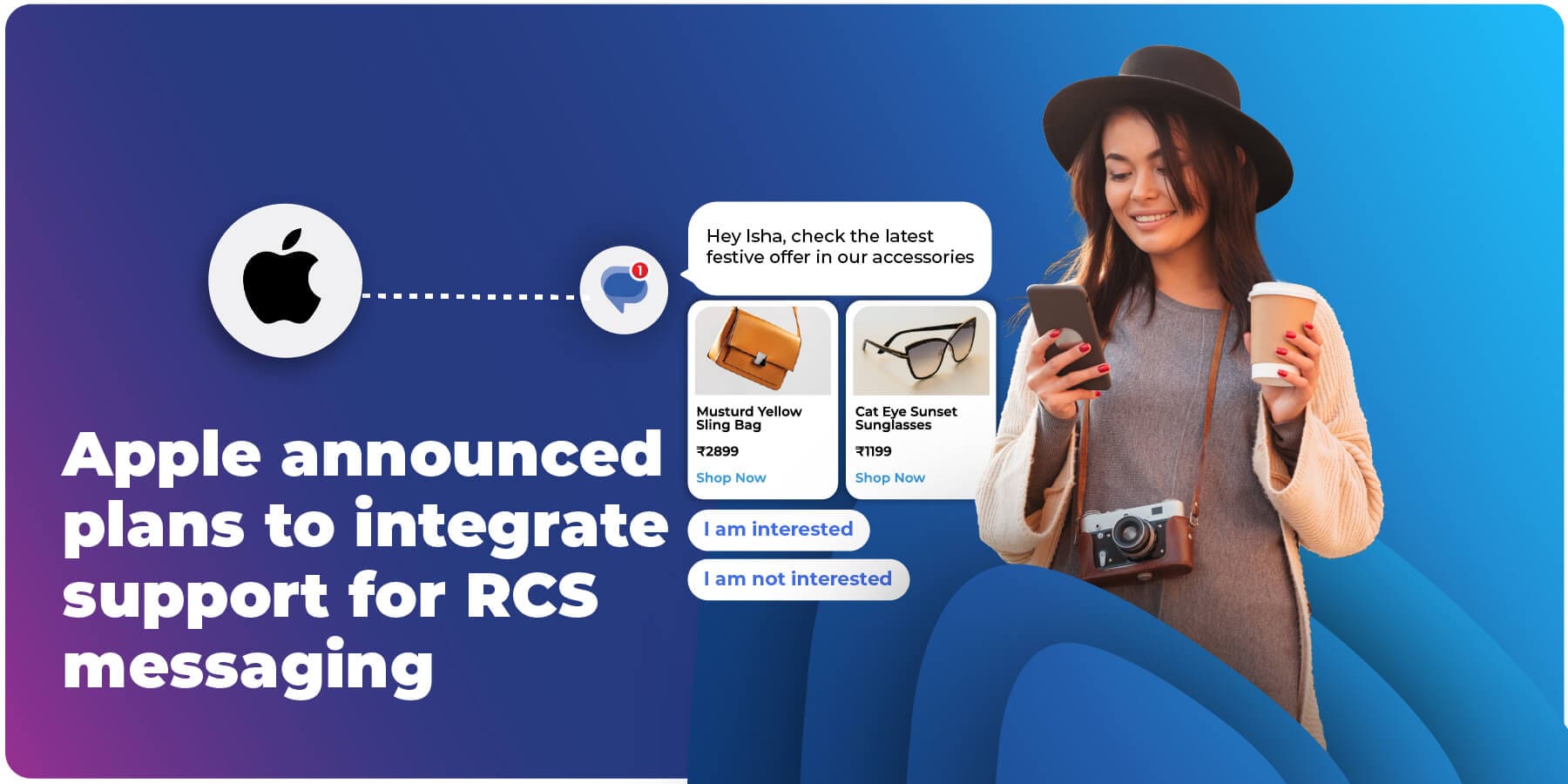
In 2024, Apple, who previously very firmly avoided RCS integration, announced plans to integrate support for RCS messaging, the standard widely used by Android phones, into the iPhone.
This means that businesses opting to go the RCS route will have access to customers using Apple phones. This adoption will accelerate RCS’s recent figure of 1 billion users.
Responsive and Engaging
The most prominent reason why RBM would be preferred over SMS is that it enables rich features communication, which implies more information can be shared with your customers through videos, audio, links, gifs, etc. It has the scope for making video calls, so you don’t have to move to third-party software for virtual meetings. Brands can use these rich features to communicate delivery notifications, share flight details and boarding passes, and send fraud alerts.
Secure and Relevant
Messages are sent with a brand logo and verification badge that validates the sender’s identity. The client-to-server encryption enhances security and minimizes spam. Grabbing customers’ attention in the right places, RBM helps drive brand recognition and relevance whenever and wherever. Considering user privacy, RCS would release end-to-end encryption to strengthen security. Taking privacy a notch higher, RCS messages make opt-ins and opt-outs a mandate for enterprises. Seeking end-user consent is a must before sending out any messages.
Flexible and Faster
RCS business messaging comes with suggested replies and actions that enhance the customer decision-making process. The channel ensures faster transactions with supported chatbot integration and aims to implement third-party payment options.
CPaaS: A key driver for RCS Business Messaging
RBM traffic is on its way to reaching 4.15 billion messages by 2025, an increase of 2,500%. According to Juniper Research, RCS business messaging and its “substantial growth” is driven by the popularity of CPaaS (Communications-as-a-Platform Services) amongst brands and enterprises.
RCS business messaging goes beyond rich, interactive texting. This channel is extensive and supports advanced forms of interaction. Offering a faster and more natural way to communicate, senders and receivers can define their personas on this messaging platform.
Thus, this flexible messaging solution has the potential to serve the following multiple purposes:
A2P Messaging:
With media support, businesses can send hyper-personalized notifications and messages to customers. This contributes to strategizing impressive marketing campaigns and generating extraordinary results.
Ephemeral Apps:
Make communication contextual with predefined actions and a set of replies. Like another chat messenger, it provides an interactive experience, creating meaningful conversations. Simply integrate our RBM API at any step of the customer journey for an enhanced experience. Say, next time you want to order medicines, your medical store might send you some options via messages. If you wish to purchase a loan, your bank manager might share the catalog with you on this platform. You can just select the right option on this platform to purchase.
Conclusion
Thus, RCS Business Messaging integrates seamlessly with every communication framework to drive conversions and improve engagement. Without worrying about a complex set-up cost, enterprises & brands can add RBM to their existing communications channel and create a solid omnichannel presence.
You can look at the recording of our recent Podcast to see what the future of RCS holds: The Magic of RCS, feat. Stephen Brough, @Google

